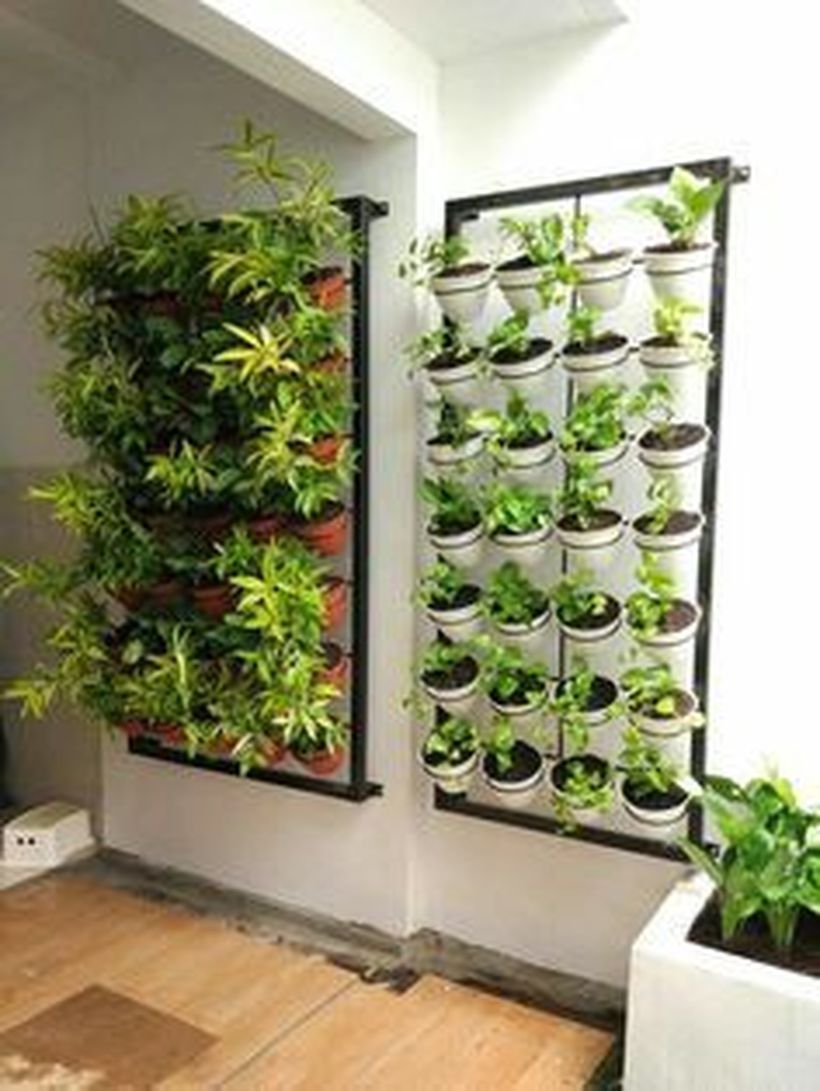
Introduction
Vertical Garden Designs have gained significant popularity in recent years, transforming traditional gardening practices into innovative and space-efficient solutions. These designs offer a unique way to incorporate greenery into urban environments, creating aesthetically pleasing and eco-friendly spaces. In this article, we will explore the origins, key concepts, benefits, design considerations, innovative techniques, and integration of technology in Vertical Garden Designs. We will also examine case studies, current trends, challenges, and controversies surrounding vertical gardens, as well as the future outlook for this sustainable practice.
Historical Background
Vertical gardening has a rich history that dates back to ancient civilizations. The Hanging Gardens of Babylon, one of the Seven Wonders of the Ancient World, is an early example of vertical gardening. Over the years, vertical garden designs have evolved, influenced by advancements in architecture, engineering, and horticulture. These designs have transitioned from simple trellises and vines to intricate living walls and green facades.
Key Concepts and Definitions
Vertical gardening refers to the practice of growing plants vertically, either on walls, fences, or specially designed structures. Techniques such as trellising, espalier, and hydroponics are commonly employed in vertical gardens. This enables individuals to maximize available space and create visually stunning displays of greenery.
Living walls are a prominent feature of vertical gardens. They are created by attaching plants to specially designed panels or frameworks that are then mounted on walls or other vertical surfaces. Living walls provide numerous benefits, including improved air quality, noise reduction, and insulation.
Green facades involve covering the exterior of a building with vegetation. These facades offer both aesthetic appeal and practical advantages such as reduced energy consumption and protection against weathering.
Main Discussion Points
Benefits of Vertical Garden Designs
Vertical Garden Designs offer several benefits that contribute to their growing popularity. Firstly, these designs improve air quality by filtering pollutants and releasing oxygen into the environment. Secondly, vertical gardens promote biodiversity, providing habitats for various species of plants and animals. Additionally, they enhance the aesthetics of urban spaces, adding a touch of natural beauty and creating a calming environment. Lastly, vertical gardens efficiently utilize limited space, making them ideal for urban environments where land is scarce.
Design considerations for Vertical Garden Designs
Creating successful vertical gardens requires careful consideration of various factors. Plant selection is crucial, as certain plants thrive better in vertical environments. Structural support is essential to ensure stability and safety, especially for larger or heavier installations. Proper irrigation and drainage systems are necessary to ensure plants receive adequate water and nutrients. Lastly, regular maintenance is vital to keep vertical gardens healthy and visually appealing.
Innovative techniques and materials in Vertical Garden Designs
Advancements in technology and materials have revolutionized the field of vertical gardening. Green walls with hydroponic systems enable plants to grow without soil, using nutrient-rich water instead. Modular vertical garden systems allow for easy installation and customization, making them suitable for various spaces. Some designers are even incorporating recycled materials into their vertical garden designs, further promoting sustainability.
Integration of technology in Vertical Garden Designs
Technology plays a significant role in the success and efficiency of vertical gardens. Automated irrigation systems ensure plants receive the right amount of water at the appropriate times, reducing water waste. Sensor-based monitoring and maintenance systems detect changes in moisture levels, temperature, and other environmental factors, enabling timely interventions. Furthermore, smart vertical garden designs integrate technology to optimize plant growth and overall performance.
Case Studies or Examples
Several notable examples showcase the beauty and functionality of Vertical Garden Designs. The Bosco Verticale in Milan, Italy, is a pioneering project featuring two residential towers covered in over 20,000 plants. One Central Park in Sydney, Australia, boasts stunning vertical gardens that create a seamless connection between the built environment and nature. The Gardens by the Bay in Singapore showcases iconic Supertrees, vertical gardens that serve as both an attraction and an environmental marvel.
Current Trends or Developments
Vertical farming and food production have gained traction, with the potential to revolutionize agriculture in urban areas. Vertical gardens are also increasingly incorporated into the design of urban architecture, providing green spaces that enhance the well-being of residents. Moreover, there is a growing trend of incorporating vertical garden designs in interior spaces, bringing nature into homes, offices, and commercial buildings.
Challenges or Controversies
While vertical gardens offer numerous benefits, they also present challenges. Maintenance and sustainability are key concerns, as vertical gardens require regular care and monitoring. Cost implications and accessibility can limit the adoption of these designs, making them more exclusive to certain communities. Additionally, differing viewpoints exist on the environmental impact of vertical gardens, particularly regarding their water and energy consumption.
Future Outlook
The popularity of Vertical Garden Designs is expected to continue rising as people recognize the importance of incorporating nature into urban environments. Advancements in technology will further enhance the efficiency and sustainability of vertical gardens. Furthermore, the integration of vertical gardens in sustainable urban planning holds great potential for creating healthier and more environmentally friendly cities.
Conclusion
In conclusion, Vertical Garden Designs offer a creative and sustainable solution to incorporate green spaces into urban environments. They provide numerous benefits, including improved air quality, increased biodiversity, enhanced aesthetics, and efficient use of space. Design considerations, innovative techniques, and integration of technology contribute to the success of vertical gardens. While challenges and controversies exist, the future outlook for these designs is promising, with increasing popularity and advancements in technology driving their adoption.
References
For further reading on vertical gardening, refer to books, journals, and articles such as “Vertical Gardens: A Practical Guide for Gardeners” by Richard Terry and “Vertical Gardens: Nature’s Answer to Climate Change” by Patrick Blanc. Websites and online resources such as verticalgardening.com and verticalgardeningsystems.com provide valuable information and inspiration. Additionally, research studies and scientific publications such as “The Impact of Vertical Gardens on Urban Heat Island Effect” by Emma Smith et al. offer insights into the scientific aspects of vertical gardens.